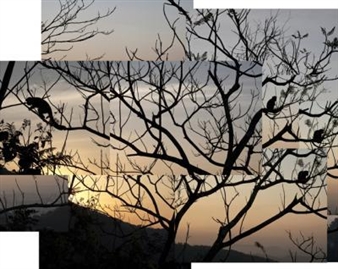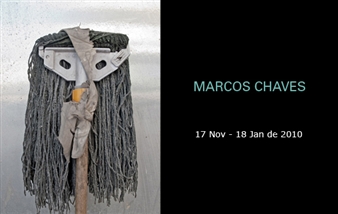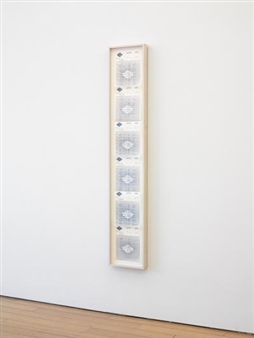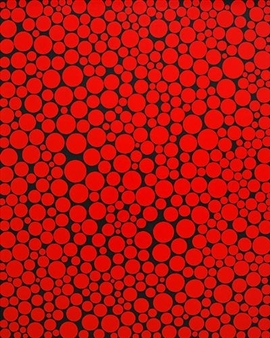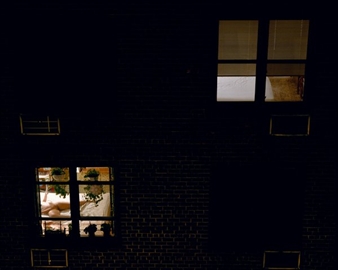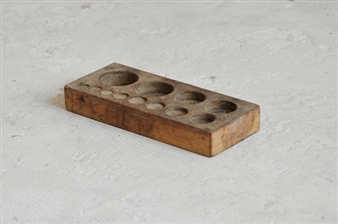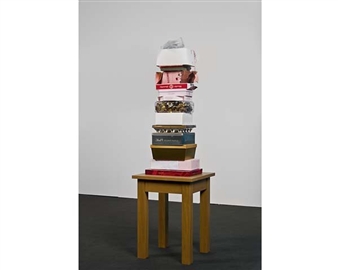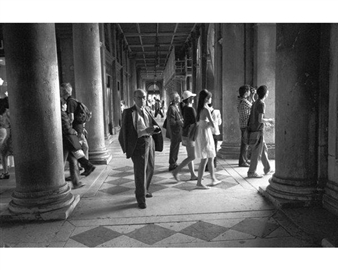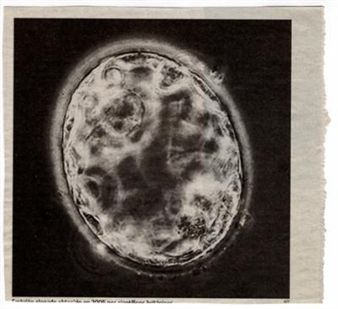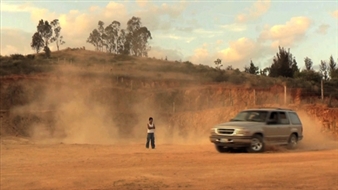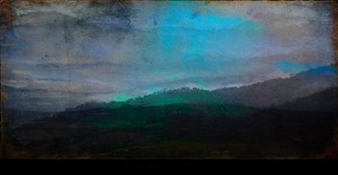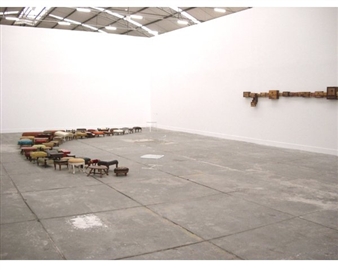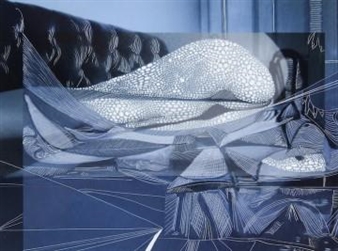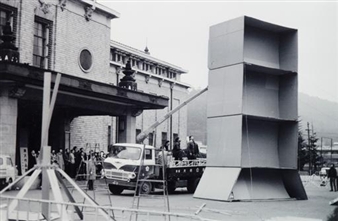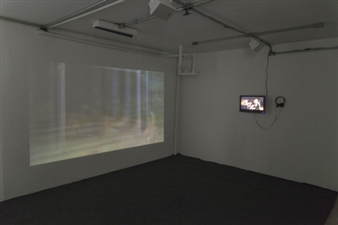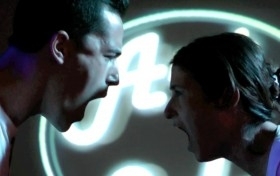Melanie Smith: Wall-eyed

Galeria Nara Roesler, Sergipe, São Paulo, 08/18/2011 - 09/13/2011
Avenida Europa 655
Nara Roesler Gallery presents for the first time in Brazil the work of Melanie Smith, who represents Mexico at this year’s Venice Biennale. The artist, who will also participate at the upcoming Mercosul Biennial, will show the Brazilian public a selection from one of her works that are presented in the prestigious Italian international exhibition, Xilitla – incidents of misalignment (2010/11). To relate all her recent works, Smith also presents Parres (2004/2006), which gives a more complete panorama of her work. Both series involve several media – painting, photography, installation and video, the latter is always done in collaboration with Rafael Ortega.
According to the curator Paola Santoscoy, this exhibition presents some of the aesthetic interests involved in the work that is currently developed by this British artist who lives in Mexico City since 1989: the urban experience as storage of latencies of failed modernities in Latin America and the subversion of the view in order to question power structures. “The title of the exhibition, wall-eyed, indicates an eye dysfunction, a lack of alignment between the eyes, which represents a non-aligned perspective, different from the Renaissance vision directed at a single point”, Santoscoy says.
In Xilitla – incidents of misalignment, the artist visually explores and studies the possibilities and the meanings present in one of the most enigmatic regions of Mexico. Xilitla, which is located in the mountainous region of Huasteca Potosina, is known for the large and fantastical concrete structures built there from 1960 to 1984 by the eccentric British aristocrat and writer Edward James (1907- 1984). For three decades he invested large sums in this symbolic architecture devoid of functionality, erected in an area of exuberant nature. According to Santoscoy, this place, which is the product of James’ affiliation with Surrealism – he was a patron of artists such as Salvador Dali, Man Ray and René Magritte –, is the antithesis of both urban planning and a rational view of the world where at least 50 structures of different shapes and sizes are scattered around 20 acres. They were built whimsically and according to no particular scheme over the course of the years.
Besides photography, painting and installation, a 35mm-film is also part of the Xilitla series. The film has a vertical format, which destabilizes the look. By rotating the camera sideways, the viewer is confronted with an oblique perspective that sets a different frame, enabling aesthetic operations and appropriations that go beyond the context itself. “Thus, the Gothic elements that exist in the architecture of the place and others that could be qualified as Surrealist − stairs that lead to nowhere, large concrete flowers and labyrinth-like pathways −, are juxtaposed with formal quotes of works by artists such as Gordon Matta-Clark, Dan Flavin and Robert Smithson”, explains the curator.
The installation Parres, in turn, is comprised of three elements: an endless wall, a painting and a monitor on the floor. The wall obstructs the public’s view and the painting cannot be seen from the front and only a few meters away, as it is common in exhibition spaces. Parres is a grey settlement that has precarious buildings near Mexico City. It was chose for its capacity if being anonymous, almost a non-place. The monitor shows Parres 0, in which 2,067 still images, when projected at 24 frames per second, form a 86-second film that rejects the idea of camera as a tool to create an illusion of time sequence.
Melanie Smith (1965, Poole, England) lives and works in Mexico City. Among her recent exhibitions are the Venice Biennale / Mexican Pavilion (2011); Mercosul Biennial (2011); MALI in situ. Melanie Smith, Lima Art Museum, Peru (2010); Ciudad espiral y otros placeres artificiales, MIT List Visual Arts Center, Cambridge, EUA (2009), The Lab, Denver, EUA (2008), MUCA CU, DF, Mexico (2006); Parres Trilogy (in collaboration with Rafael Ortega), Miami Art Museum, EUA (2009), Tate Britain, United Kingdom (2006); grey (negative) rectangle on white background, Peter Kilchmann Gallery, Switzerland (2008).

